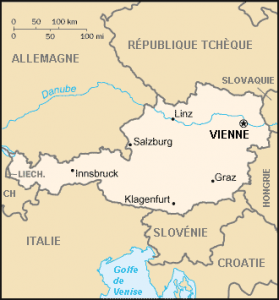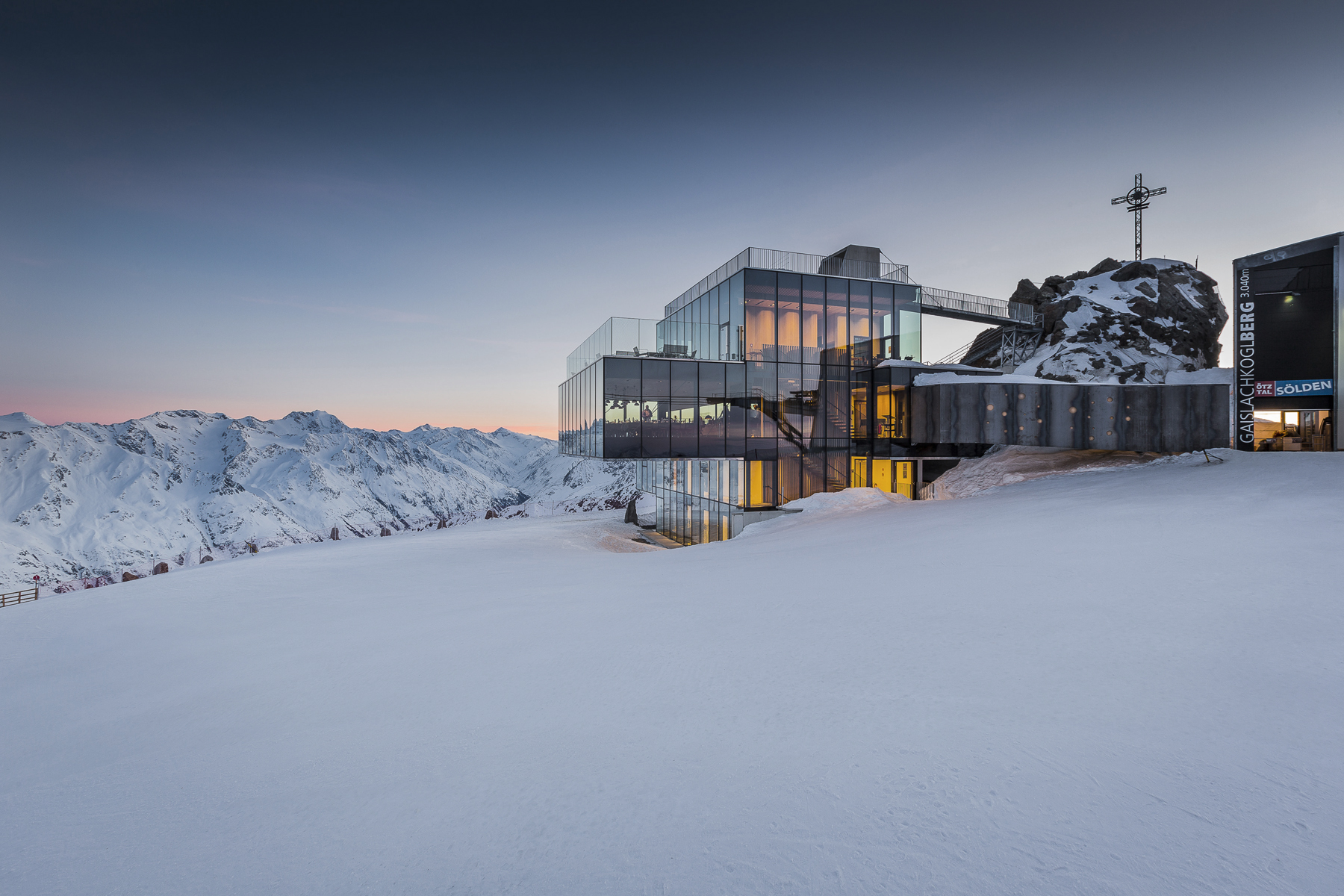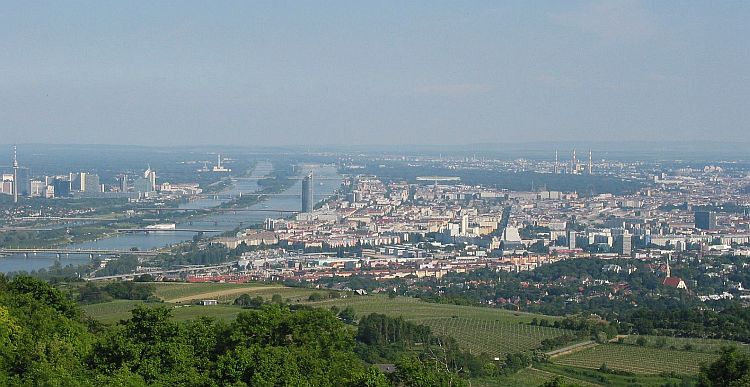Austria
Alps, Austria, Austria-Hungary, Bregenz, Danube, État fédéral, Europe, European Union, fleuve Danube, Graz, IAEA, Innsbruck, International Atomic Energy Agency, Lac de Constance, landlocked country, Linz, mountains, OPEC, Österreich, Salzbourg, Tirol, tourism, Tyrol, UN, Vienne, Wien 
| Official name | Republic of Austria |
| Name in local language | Republik Österreich (de) |
| Continent | Europe |
| Subcontinent | European Union |
| Population (ranking: 100e) | 8,822,267 inhabitants (2018) |
| Population growth | 0.56 % / year |
| Area | 83,879 km² |
| Density | 105.18 inhabitants / km² |
| GDP (ranking: 29e) | 455.737 billions $USD (2018) |
| GDP/capita (ranking) | 51,513 $USD (2018) |
| GDP growth | 2.70 % / year (2018) |
| Life expectancy (ranking) | 81.40 years (2018) |
| Birth rate | 9.60 ‰ (2014) |
| Fertility rate | 1.49 children / woman (2015) |
| Death rate (ranking) | 9.20 ‰ (2014) |
| Infant mortality rate (ranking) | 2.90 ‰ (2015) |
| Literacy rate | 100.00 % (2018) |
| Official languages | German |
| Currency | Euro (€ EUR) |
| HDI (ranking: 33e) | 0.914 / 1 (2018) |
| EPI (ranking) | 78.97 (2018) |
| Government | Federal parliamentary republic |
| Head of State | President Alexander Van der Bellen |
| National Day | 26 October (vote of permanent neutrality in 1955) |
| ISO Codes | AT, AUT |
| Demonym | Austrian |
| Tourists (ranking) | 29,460,000 people (2018) |

Austria is a federal state located in the heart of Europe. It shares borders with Germany and Czechia to the north, Slovakia and Hungary to the east, Slovenia and Italy to the south, Liechtenstein and Switzerland to the west. The country is largely covered with mountains (Alps). It is one of the few countries without access to the sea.
 Restaurant Ice Q, Sölden, Austria. Photo: Most Beautiful Spots
Restaurant Ice Q, Sölden, Austria. Photo: Most Beautiful Spots Vienna, capital of Austria. Photo: Wikipedia
Vienna, capital of Austria. Photo: WikipediaUrban areas (2017)
| Urban areas | Population |
|---|
| Vienna | 2,717,459 inhabitants |
| Linz | 771,695 inhabitants |
| Graz | 613,286 inhabitants |
| Salzburg | 353,429 inhabitants |
| Innsbruck | 298,647 inhabitants |
| Bregenz | 180,987 inhabitants |
| Klagenfurt | 99,110 inhabitants |
Administrative divisions
| States (Bundesländer) | Population | Area |
|---|
| Burgenland | 292,592 inhabitants | 3,966 km² |
| Carinthia (Kärnten) | 560,915 inhabitants | 9,533 km² |
| Lower Austria (Niederösterreich) | 1,669,944 inhabitants | 19,174 km² |
| Salzburg | 551,863 inhabitants | 7,154 km² |
| Styria (Steiermark) | 1,239,153 inhabitants | 16,388 km² |
| Tyrol (Tirol) | 749,853 inhabitants | 12,647 km² |
| Upper Austria (Oberösterreich) | 1,472,422 inhabitants | 11,980 km² |
| Vienna (Wien) | 1,883,706 inhabitants | 415 km² |
| Vorarlberg | 391,334 inhabitants | 2,601 km² |
See also




